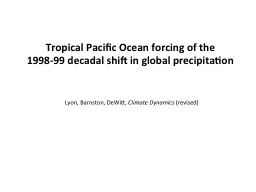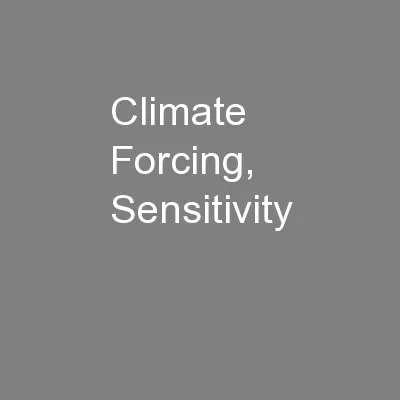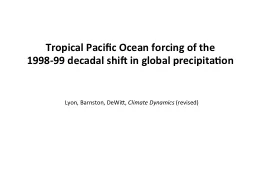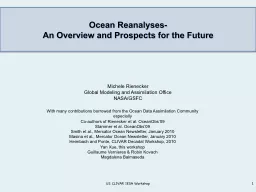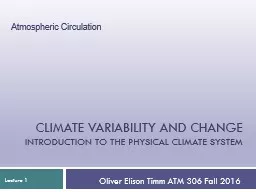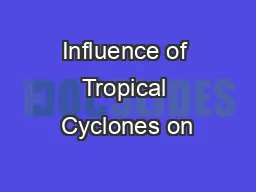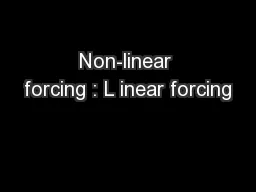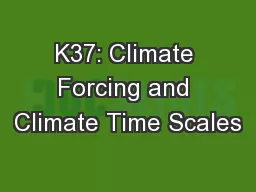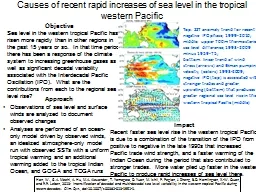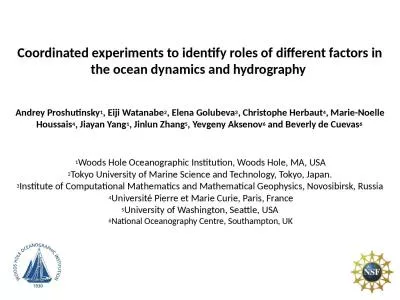PPT-Tropical Pacific Ocean forcing of the
Author : tatyana-admore | Published Date : 2017-05-06
1998 99 decadal shift in global precipitation Lyon Barnston DeWitt Climate Dynamics revised MAM 2011 PRCP Anomaly MAM 19992011 AVG PRCP Anomaly East Africa
Presentation Embed Code
Download Presentation
Download Presentation The PPT/PDF document "Tropical Pacific Ocean forcing of the" is the property of its rightful owner. Permission is granted to download and print the materials on this website for personal, non-commercial use only, and to display it on your personal computer provided you do not modify the materials and that you retain all copyright notices contained in the materials. By downloading content from our website, you accept the terms of this agreement.
Tropical Pacific Ocean forcing of the: Transcript
Download Rules Of Document
"Tropical Pacific Ocean forcing of the"The content belongs to its owner. You may download and print it for personal use, without modification, and keep all copyright notices. By downloading, you agree to these terms.
Related Documents

